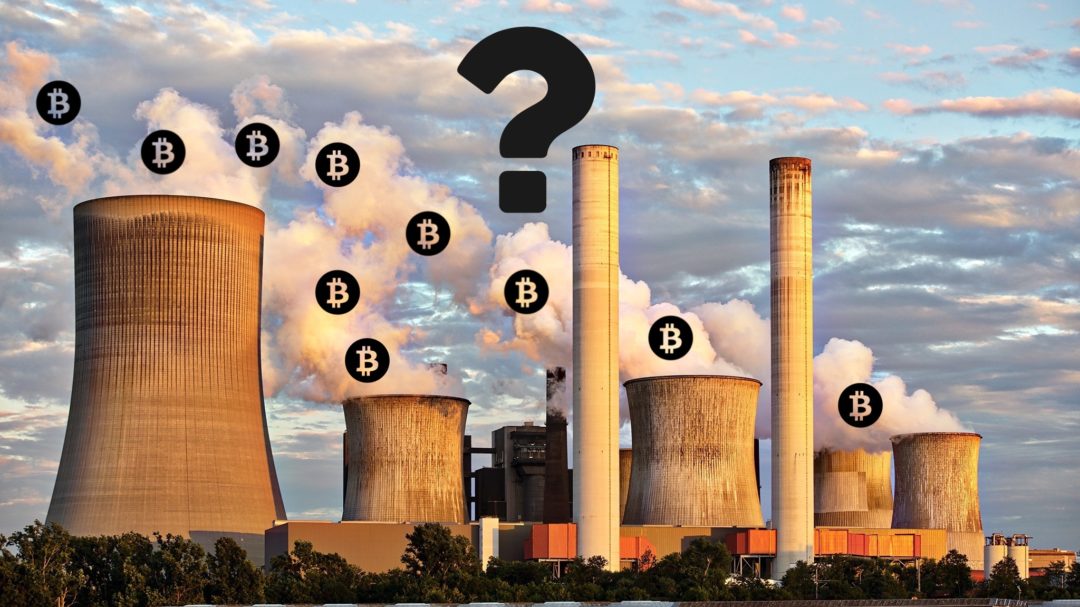
People often ask us if our our blockchain solutions are energy efficient. There’s a lot of articles and good research out there indicating that the most famous blockchain, Bitcoin, uses as much energy per year as a small country. Let’s take a quick look at the myths and the reality in industrial settings.
The Myth: “All blockchains use large quantities of energy.”
The Reality: All blockchains DO NOT use large quantities of energy. Not all blockchains are the same and not all use cases require the same “blockchain”.
Bitcoin uses a consensus mechanism known as Proof-of-Work (PoW) to secure the network. While this approach has some advantages, there are other options for both, private and public blockchains, which don’t cost significant energy and still result in a secure network. For industry, it usually makes sense to utilize a private consortium blockchain with Proof-of-Authority (PoA) validators operated by consortium members. This approach effectively cuts the electrical consumption to almost zero. The level of decentralization, trustlessness and security that Bitcoin provides is way over the top for the vast majority of practical blockchain applications in industrial settings.
Additionally, even in situations where a public permissionless system is needed, there are a myriad of options regarding the choice of consensus algorithms which don’t consume exorbitant amounts of energy. Modern Proof-of-Stake (PoS) systems secure the network by requiring network validators to put up a “stake” (i.e. reserve) of tokens which can be automatically taken away or “slashed” if validator nodes attempt to cheat the system.
Bottom line: energy consumption isn’t an issue for us when working with industry partners. Consider the myth debunked.
